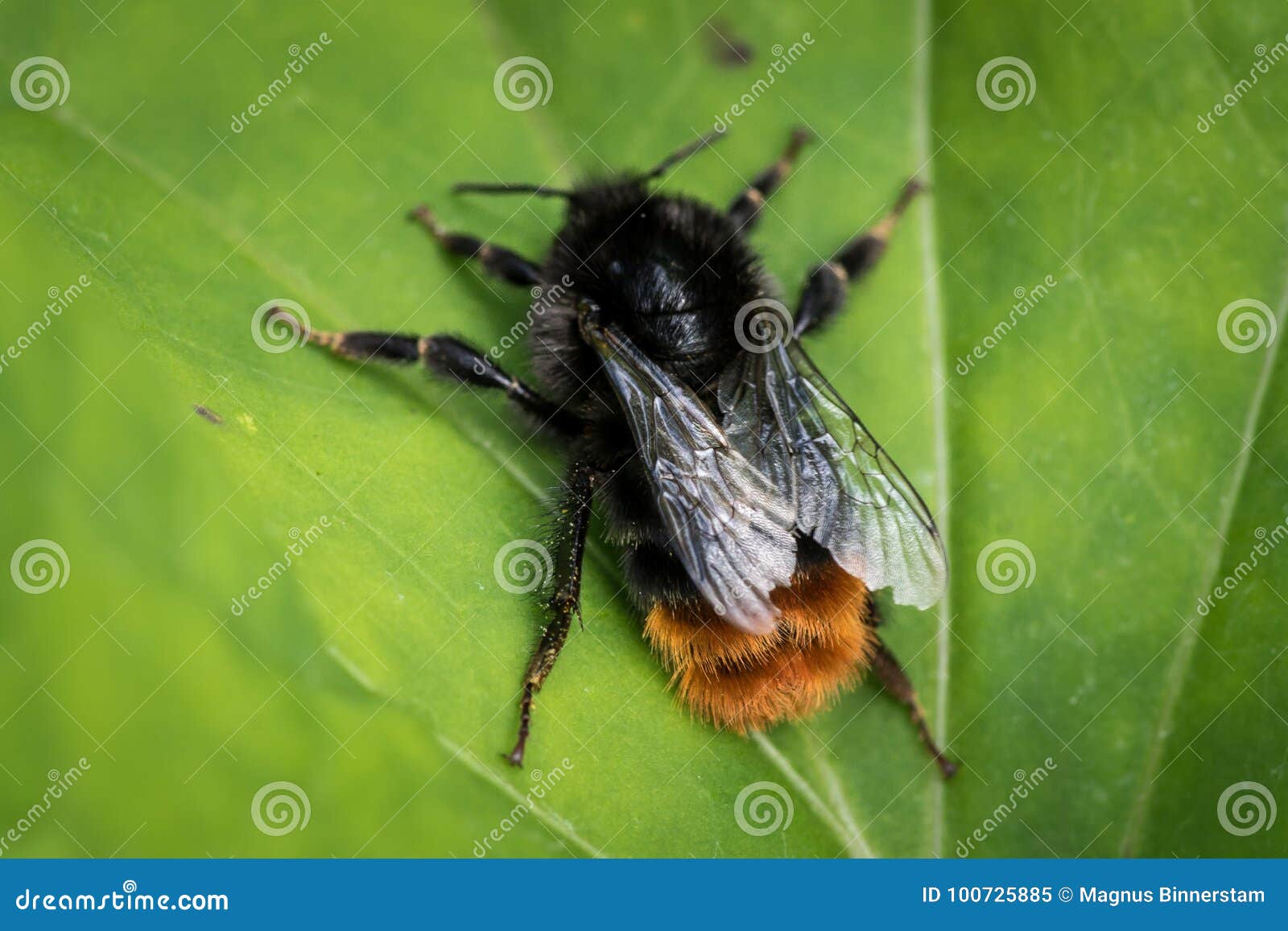

They were probably doing some bug-like slurping, but I didn’t see any damage to the bud or plant. Here, a Leaf-footed bug, Leptoglossus, and its nymph (immature form of the bug), rest on a bud. Insects, especially native bees, are big fans of this plant. Once open, they resemble deep pink Koosh balls. Thanks, Texas Thistle, I’m glad someone likes that foliage!īright blooms develop atop stems with few leaves, about 18 inches from the base of the plant. Indeed, I enjoyed the presence of several flitting Painted Ladies earlier this summer. While I never observed any eggs or larvae on this foliage, the Texas Thistle is a host plant for the Painted Lady butterfly, Vanessa cardui. I was aware of the rosette last year, but left it alone and unidentified. Trust me when I say that those prickles HURT! Actually, the wildflower nymphs left the rosette last year, but no flowers appeared, as Texas Thistle is a biennial, blooming in its second year. This pretty-in-pink flower bloomed in June and July, having arrived as an attractive, though prickly, evergreen rosette. This year, Texas Thistle, Cirsium texanum, was the wildflower nymphs’ gift of choice. Perhaps, wildflower nymphs, being such quirky critters, choose to leave me something new and unique to my garden– just because they can. Where do these garden gifts come from? Maybe birds have dropped seed by way of their excrement, maybe seeds wafted into my garden space from the wind. Each plant has appeared in a different spot: some in the back garden, some in the front a few popped up in containers where other things were housed, and several have grown along the southern side of my house, where there isn’t much of a garden, only a utilitarian pathway. The wildflowers have all been Texas natives, usually spring or spring/summer bloomers. Each year it’s a different wildflower and typically not repeated by either seed or root during the next growing cycle. Posted in Accipiter cooperii, Cooper's Hawk, Uncategorized | Tagged Biodiversity, Native birds | 17 Replies Thanks, Wildflower NymphsĮvery year for most of the past decade, I find a wildflower in my garden that I didn’t plant. Everything from this big hawk to tiny hummingbirds perch on various parts of these limbs. The birds don’t mind, though it’s been fun to see the variety of birds making use of these large limbs. All of the trees damaged in that devastating freeze have similar shedding of of bark, some are larger pieces like this, some smaller. Observe that the outer bark of the tree is pulling away from the main wood. I’m not certain what the advantage of the lower perch presented, but the hawk stayed for a bit, flying off later to spend the day hunting. To each their own.Īs I watched the hawk, it fluttered from the highest perch, to the one just below. I know I like left over pizza for breakfast, though I’d probably pass on dove. It’s possible that the hawk caught its prey yesterday evening, ate some of it, and saved the rest to finish for breakfast. What remains are some well-utilized perches for a variety of birds, including this beauty. The upper branches all died and were removed last summer. The tree was damaged during the February 2021 freeze, but retained some of its lower branches. Just as it was light this morning, I spotted this juvenile male Cooper’s Hawk, Accipiter cooperii, enjoying a meal atop the remains of my neighbor’s Arizona Ash tree. In this case, the early bird wasn’t the least bit interested in a worm, but instead chose dove or mockingbird as its breakfast of choice. Often seen in the flower beds and especially the lavender.You know what they say: The early bird gets the worm.

Ferndale happens to sit in the area where they overlap, so we get both versions. The northern population (mostly Oregon to Alaska) has the orange rumped variety, and the black tailed version is seen in California. What’s going on? Well it turns out two populations of the same species have different coloring due to one gene.

I later photographed one that had an orange rump and Seek identified it too as Bombus melanopygus, agreeing with what I found online. Then I saw that the Black-tailed bumblebee (which actually has a yellow tail) and the Orange-rump Bumblebee both had Bombus melanopygus as their taxonomic name. But when I looked up pictures of Bombus melanopygus I saw some that looked like it and some that had orange bands on the abdomen. Seek identified the first picture I took as a Black-tailed Bumblebee. ( Bombus melanopygus) – Identifying this species was confusing.


 0 kommentar(er)
0 kommentar(er)
